Flodesk costs just $38 per month for unlimited subscribers.
Very affordable, right?
In contrast, ConvertKit costs you around $100 per month, even if you have only 10k subscribers.
I’ve spent months testing both Flodesk and ConvertKit as a content creator.
👉 Spoiler: I’m currently on Flodesk $35/month plan paid annually, and it’s working well. But things have changed in late 2025. Read on…
Now it’s time to share what I’ve discovered.
Overview – (Kit) ConvertKit vs. Flodesk

ConvertKit (now Kit) is a well-established email marketing tool founded in 2013 by Nathan Berry, a blogger who got frustrated with MailChimp.
Why?
Because it wasn’t meeting the needs of content creators selling digital products.
He built ConvertKit specifically for bloggers and course creators, starting it as a side project and he documented his entire journey openly with his audience!
This transparency paid off big time.
ConvertKit gradually became the preferred choice for many content creators.
In 2023, ConvertKit reached a valuation of $200 million after several funding rounds from various angel investors.

On the other hand, Flodesk was founded in 2018 by Martha Bitar. They started small, but it only gained popularity in 2021 – 2023. Their main focus was to create an email marketing tool with excellent UI and UX, allowing users to design visually appealing emails.
Flodesk’s specialty is their desire to cater to even small businesses that can’t afford to invest in premium email marketing solutions.
But.

You may wonder – “How Flodesk can manage their services at a flat rate of $35 per month?”
The founder explains that this pricing model is sustainable because even users with less than a thousand subscribers are required to pay this fee. In the end, this method effectively balances their revenue.
In addition to email marketing, they also offer checkout functionality where you can create your own sales funnels, albeit at a higher price.
In my opinion, their idea is simple: keep the price for unlimited emails the same and add extra features that work in tight integration with their core email marketing software.
And also, similar to ConvertKit, Flodesk has also raised two rounds of funding.
And currently the valuation of them is over $250 million.
👉 But contrary to the initial stance, as of September 2025, Flodesk has decided to remove the “unlimited subscribers” pricing model, and the existing subscribers will have the old pricing and unlimited subs benefit locked in (which is good!).
👍 What I like about Flodesk?
- Unlimited subscribers at one price (it’s changing): With a flat rate of $35/month, Flodesk simplifies the pricing confusion that many email platforms have.
- Design aesthetics: Flodesk offers visually appealing templates for composing emails, making it a treat for the eyes.
- Simplicity: The user interface is simpler; you don’t need to think a lot to navigate their user interface. It has very rich UI and UX without a lot of complex features.
- Ship new features well: Floodesk has a real active change log and an impressive roadmap compared to Convertkit, whose development has stalled over the last few years.
👍 What I like about ConvertKit?
- Email sequences: ConvertKit lets you build a sequence of emails and use it within the visual builder with just one block.
- Advanced automations: ConvertKit’s automation builder offers a wide range of triggers, events, actions and advanced conditions.
- A/B testing feature: With ConvertKit, you can perform A/B testing on subject lines to optimize your email campaigns.
- Automation rules: ConvertKit allows you to create one-off automation rules, reducing the need for their visual automation builder for small ‘if-then’ workflows.
- Good integrations. ConvertKit as a more established email marketing software integrates with various CRMs and marketing platforms along with Zapier. And, Flodesk integrates with only Zapier as of now.
- Marketing friendly: Although ConvertKit doesn’t allow affiliate marketing on its platform, it is friendly if you have your own products and services.
Flodesk is quite packed with features, which is a pleasant surprise. But, it does fall short when it comes to advanced segmentation and automation capabilities.
And here’s the kicker – it’s not marketing-email friendly.
Should I switch right away?
No…!
If you’re paying between $500 to $1,000 per month for ConvertKit, you might be considering exporting all your subscribers to Flodesk, right?
Why not?
You can save a significant amount of money on a recurring basis.
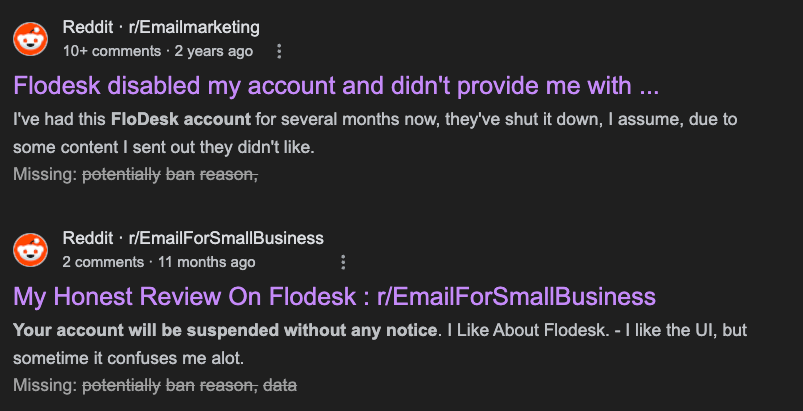
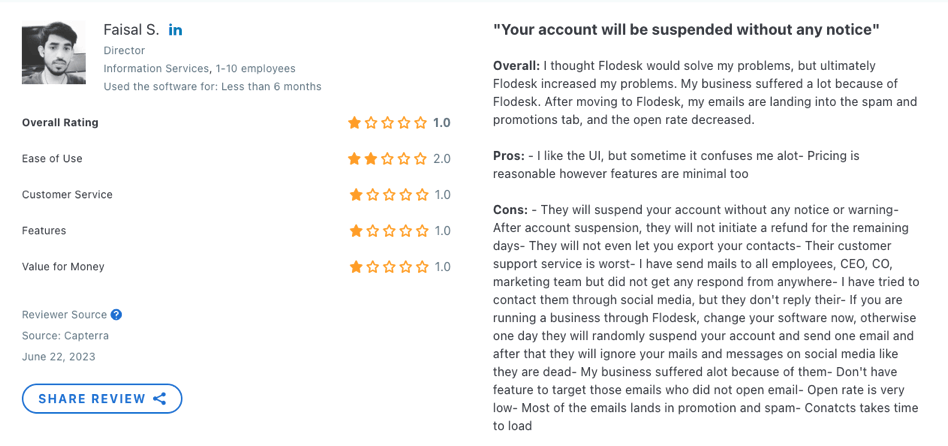
However, things aren’t that simple.
I’ve found numerous online reviews and heard from my connections that Flodesk sometimes bans accounts without explanation – and doesn’t give access to your email lists.
This happens especially when you import a large email list and immediately start sending.
While I understand they need to prevent spam, they should be more transparent about their policies and provide clear reasons when accounts get banned.
On the other hand.
ConvertKit is more marketing-friendly compared to Flodesk, which is quite strict with promotional emails.
Unless you have 10,000+ subscribers and send heavily promotional content, Flodesk could work well for you. Just maintain an 80-20 value-to-marketing ratio for best results.
🚨 Don’t forget to periodically back up your Flodesk subscribers, as they don’t seem to offer backup when they ban your account.
Interface – Flodesk has better UI/UX
Flodesk has an excellent UI and UX. It’s minimal, swift and everything is intuitive.
You don’t need to think much when using their platform.
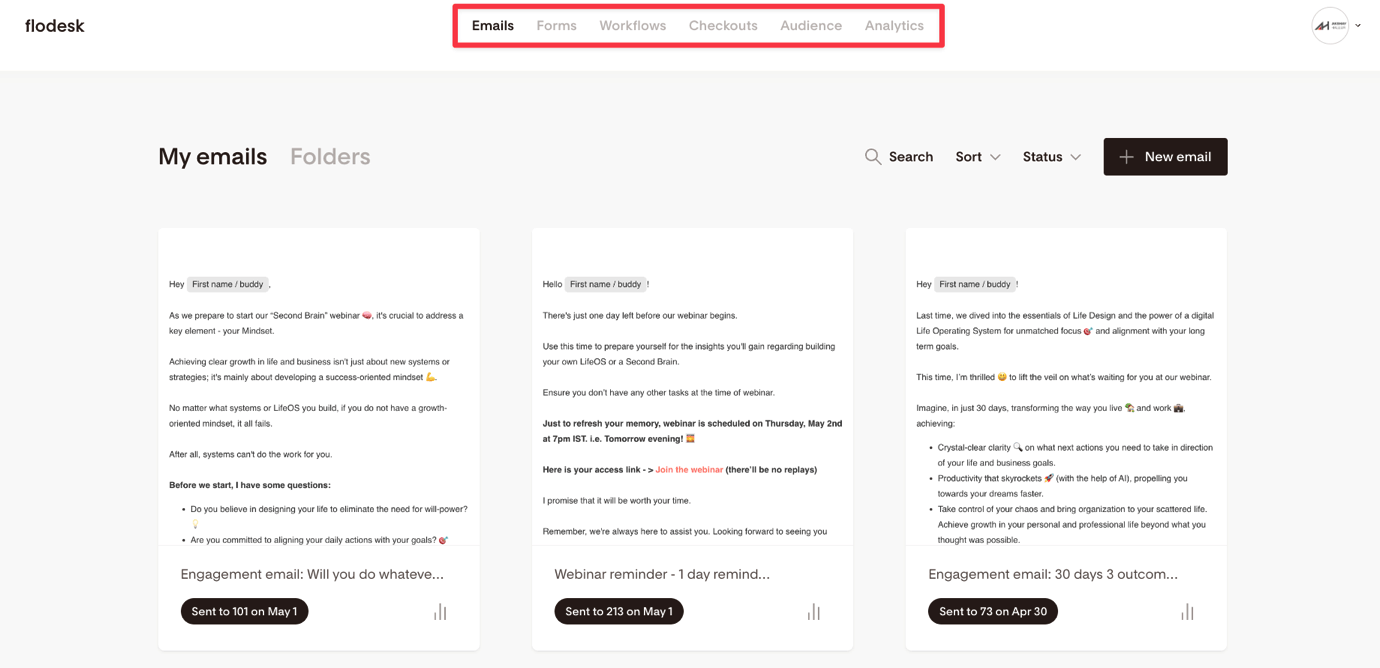
All their features are accessible within one to two clicks.
It is particularly popular among female entrepreneurs who enjoy sending aesthetically pleasing emails.
You know, the Pinterest-crowd.
In comparison, ConvertKit’s UI and UX needs a lot of polishing:
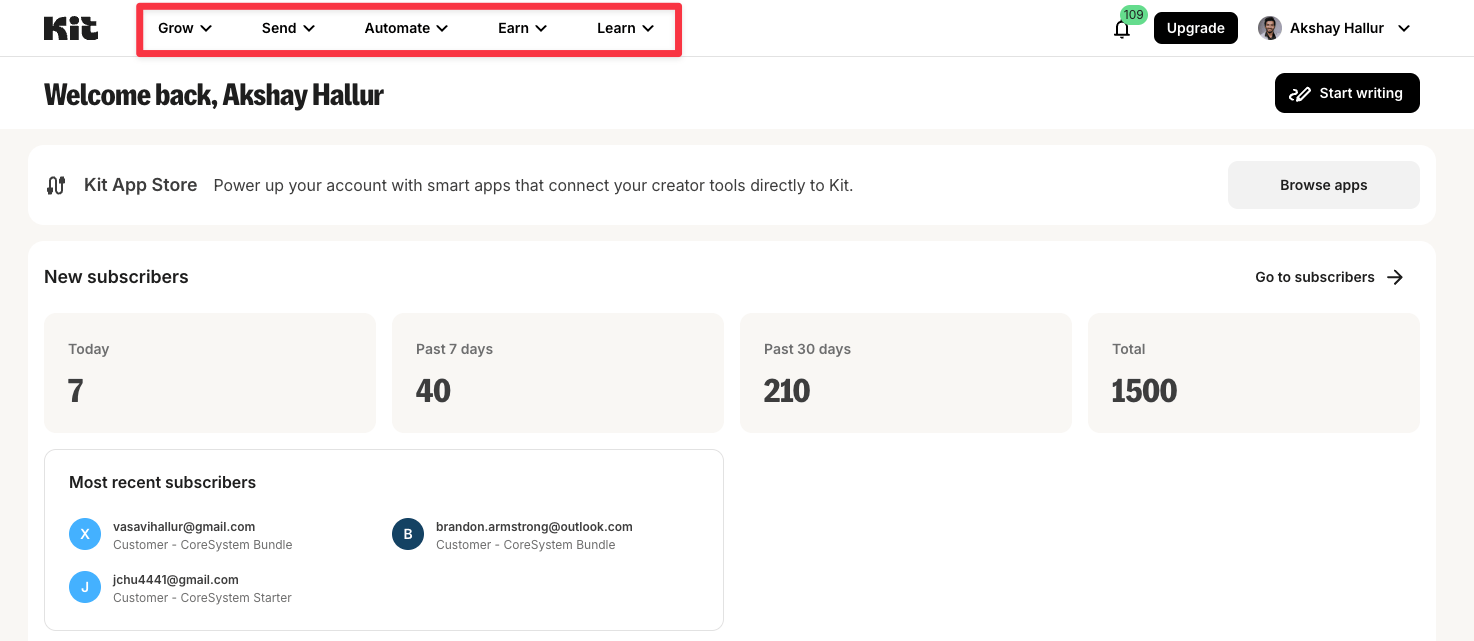
Considering ConvertKit’s valuation and its recurring revenue, the lack of updates to the UI and UX simply doesn’t make sense.
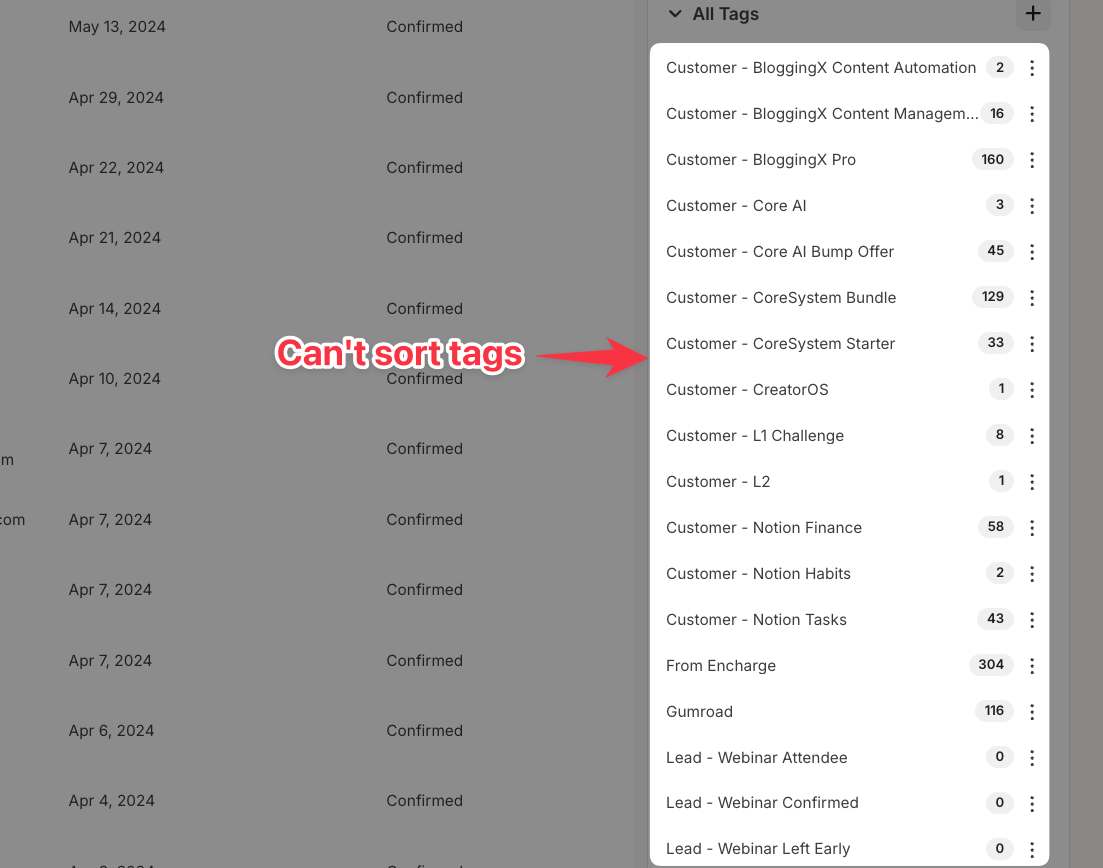
For example, if you have a large list of tags for your subscribers, there is no way to reorder the tags, and their tag management sucks.
Email composer – Flodesk is a visual treat
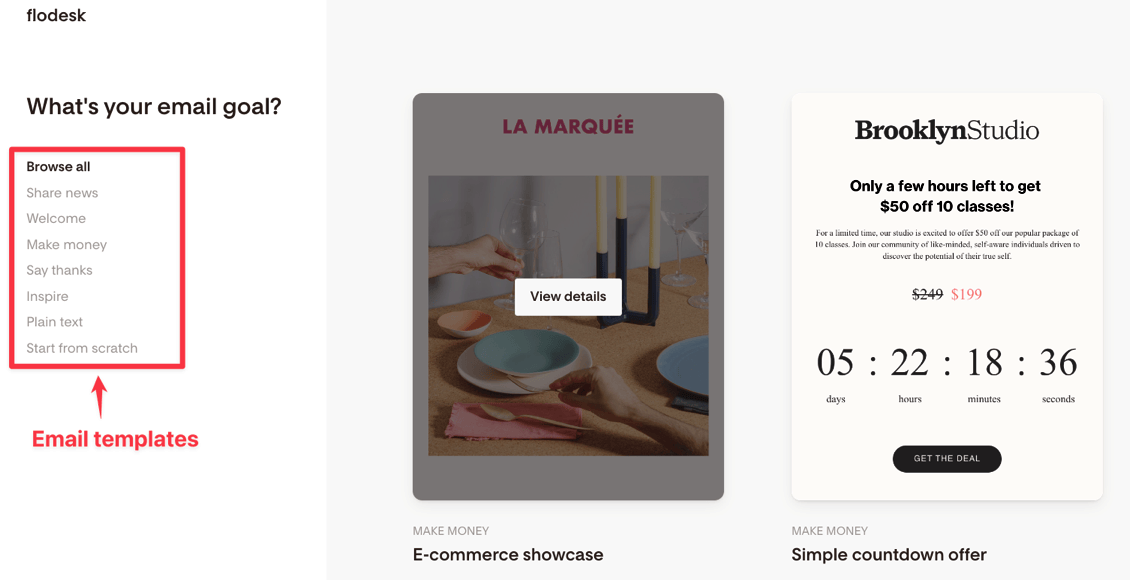
When it comes to composing emails, Flodesk offers a variety of aesthetically pleasing templates across different categories.
You also have the option to design your own plain text emails.
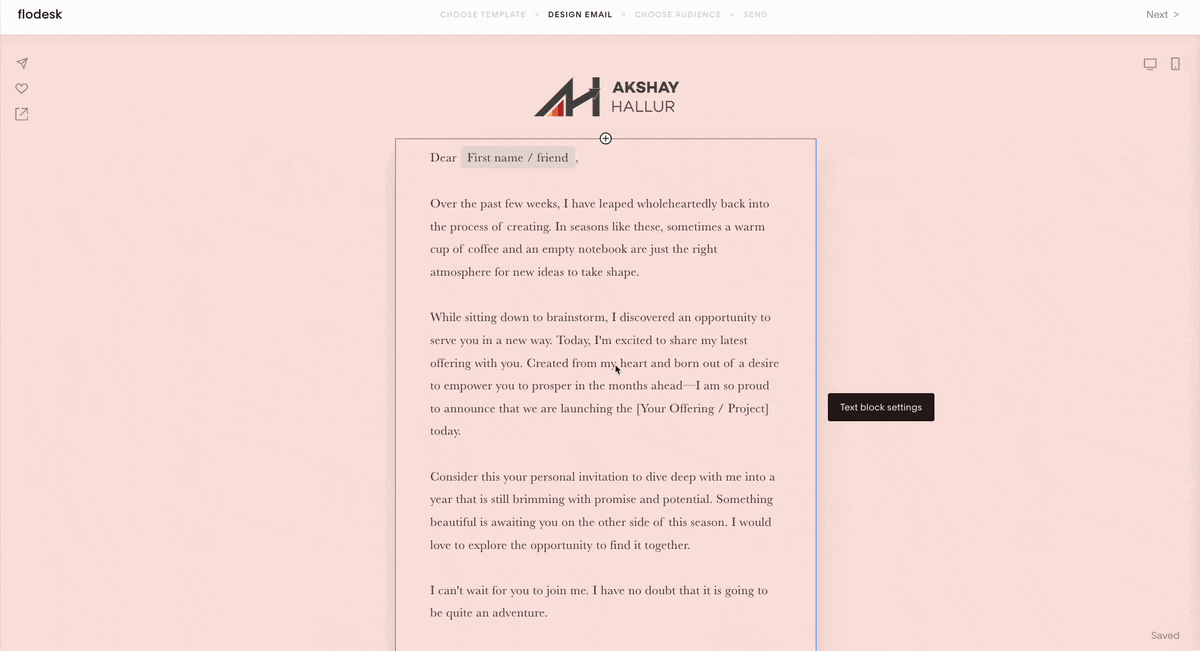
The email composer is minimalistic, but one of the features I truly appreciate is the global style settings. This makes it easy to keep your emails on-brand.
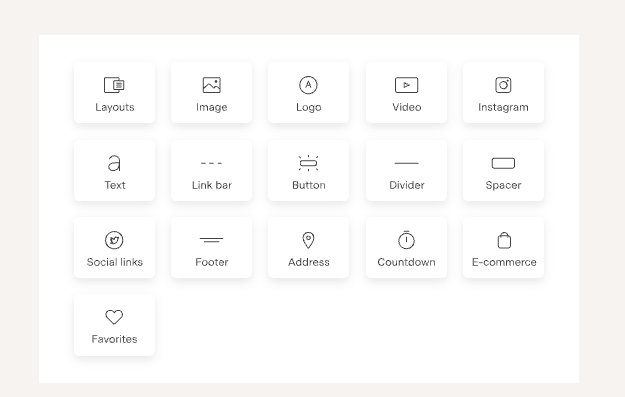
In addition, it offers various building blocks, like layouts, video inclusion, buttons, countdown timers, and more.
Overall, it’s a pretty neat and visual email building experience.
On the flip side, ConvertKit does offer a few email templates, but most of the time, you’ll be sending plain text emails.
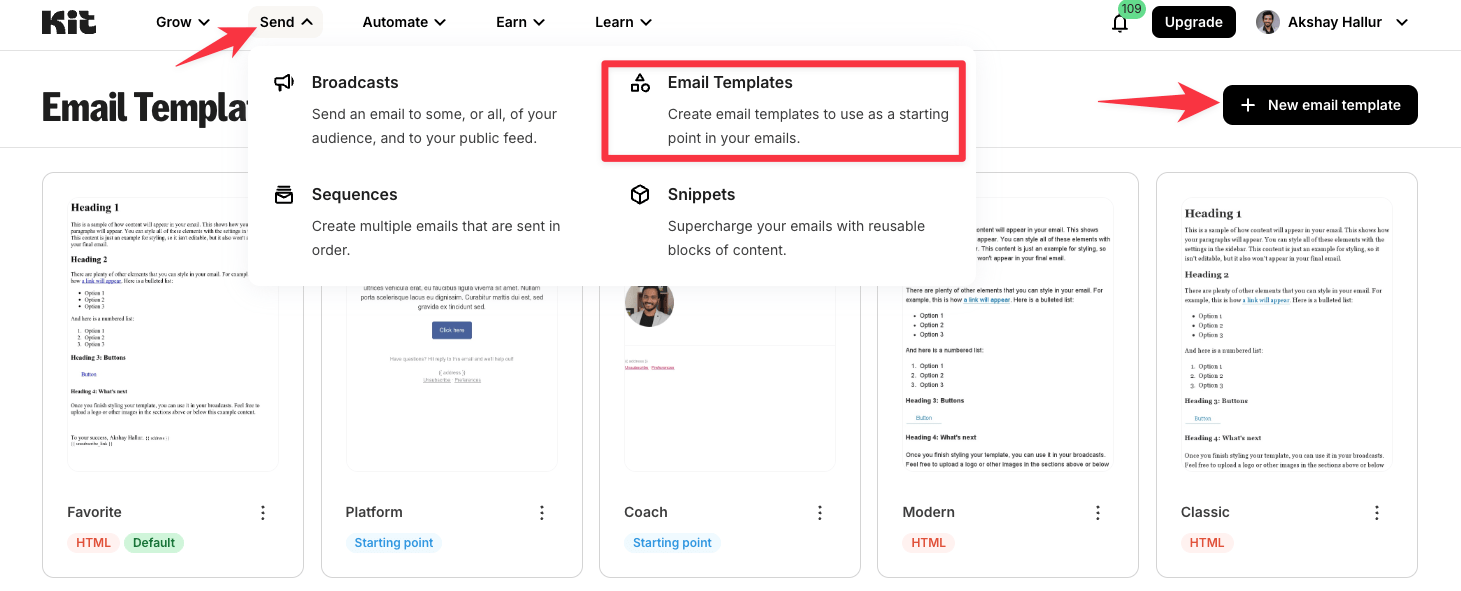
Their email composer, which is essentially a rich text editor, deserves some attention.
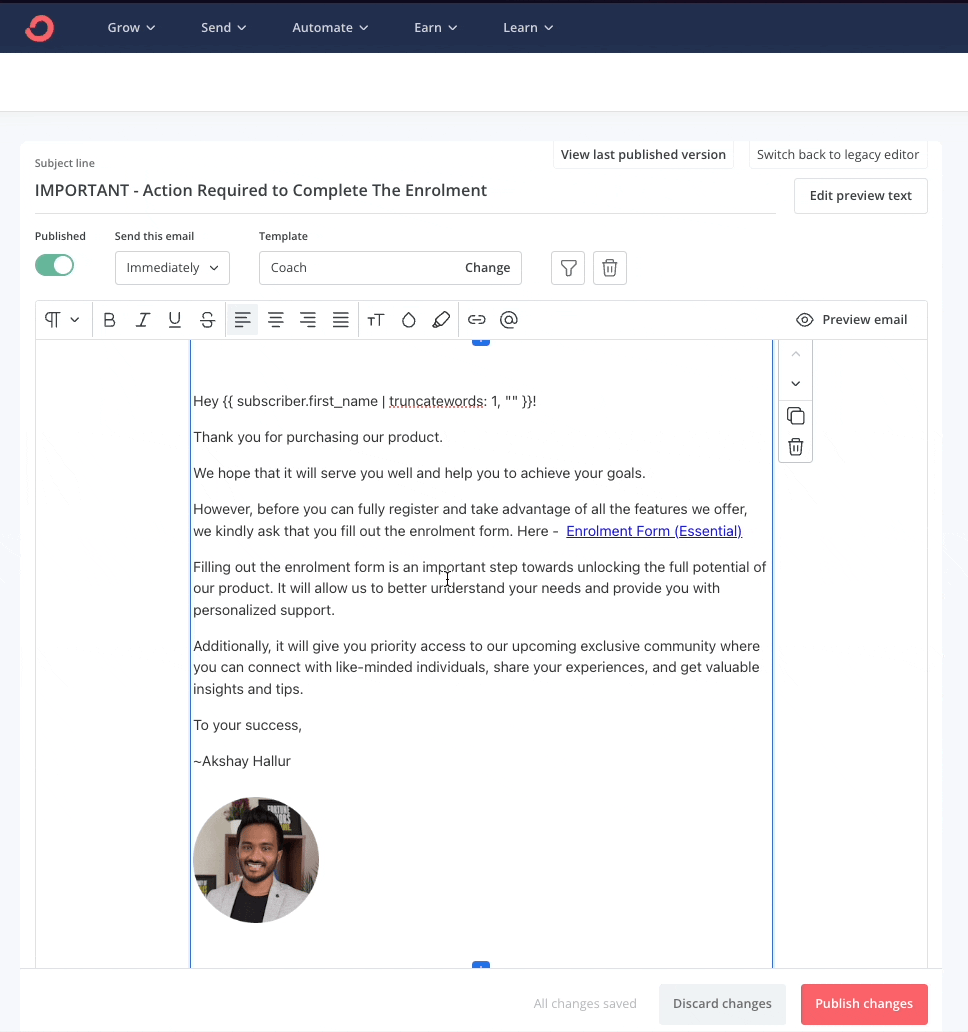
They do offer various building blocks that you can add in the email composer.
One feature that I really appreciate is the ability to add snippets – reusable content.
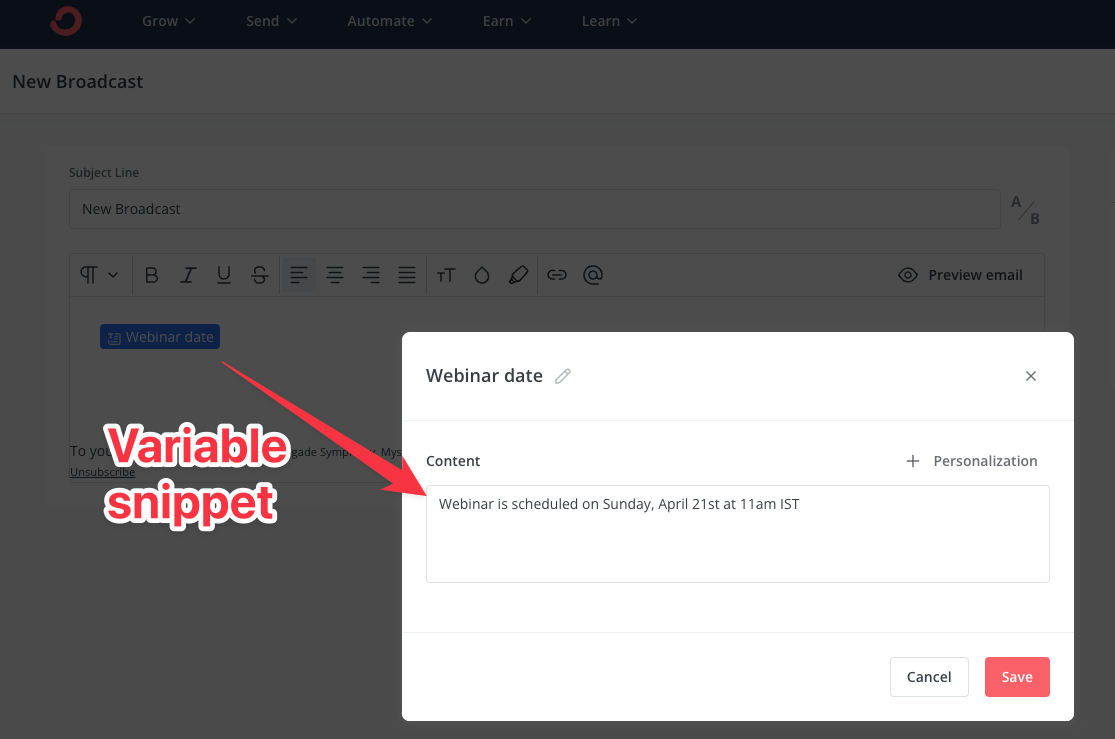
You can use a single snippet across multiple emails and then edit the snippet to change the content across those different emails.
For example, if you’re hosting weekly webinars and mention the date and time in various emails, you can simply edit the snippet in one location. The change will then be reflected in all emails that use that snippet.
Handy, isn’t it?
Segmentation – ConvertKit has it better
Let’s move on to the next important feature – email segmentation.
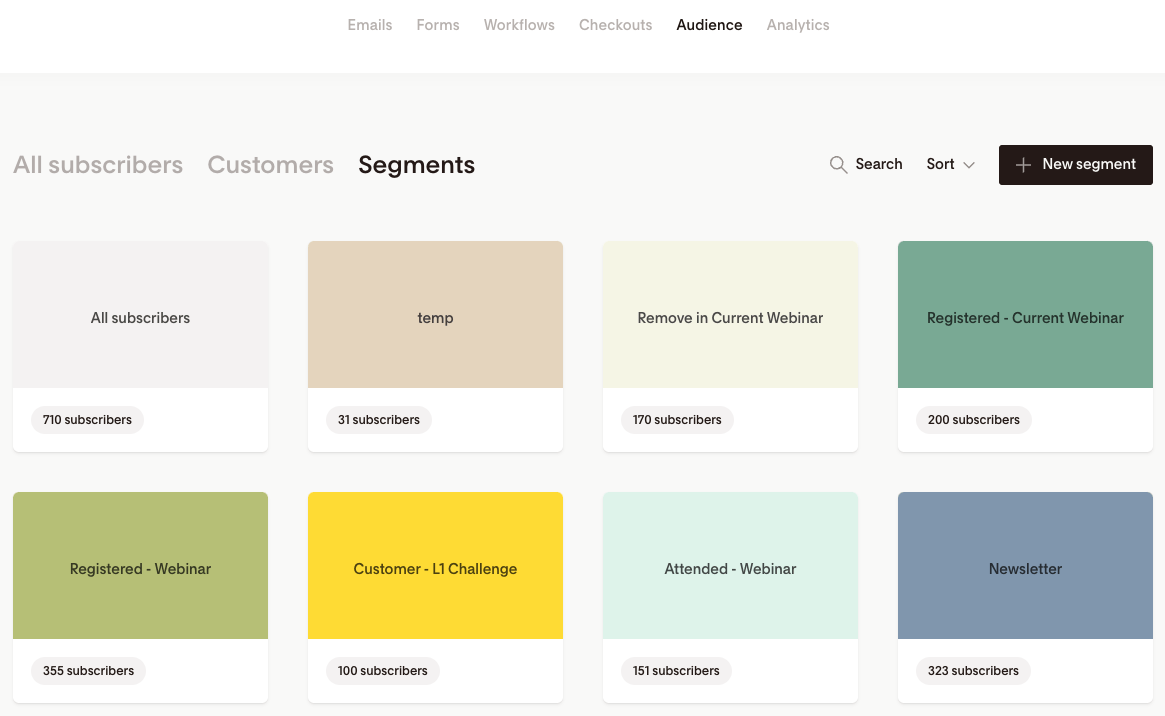
Flodesk gives you something called segments instead of tags.
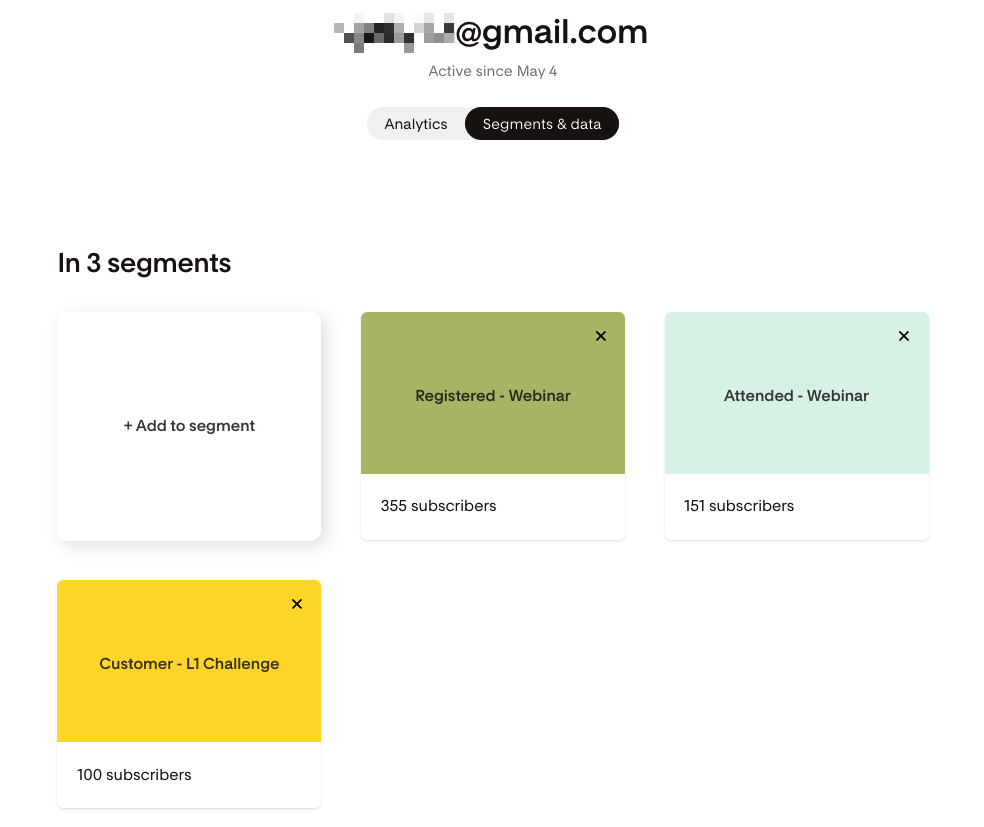
A single subscriber can belong to multiple segments.
Currently, Flodesk’s flexibility doesn’t match up to ConvertKit’s tagging system.

There are lot of limitations, like when you add a subscriber to a segment, there isn’t a direct way to remove them.
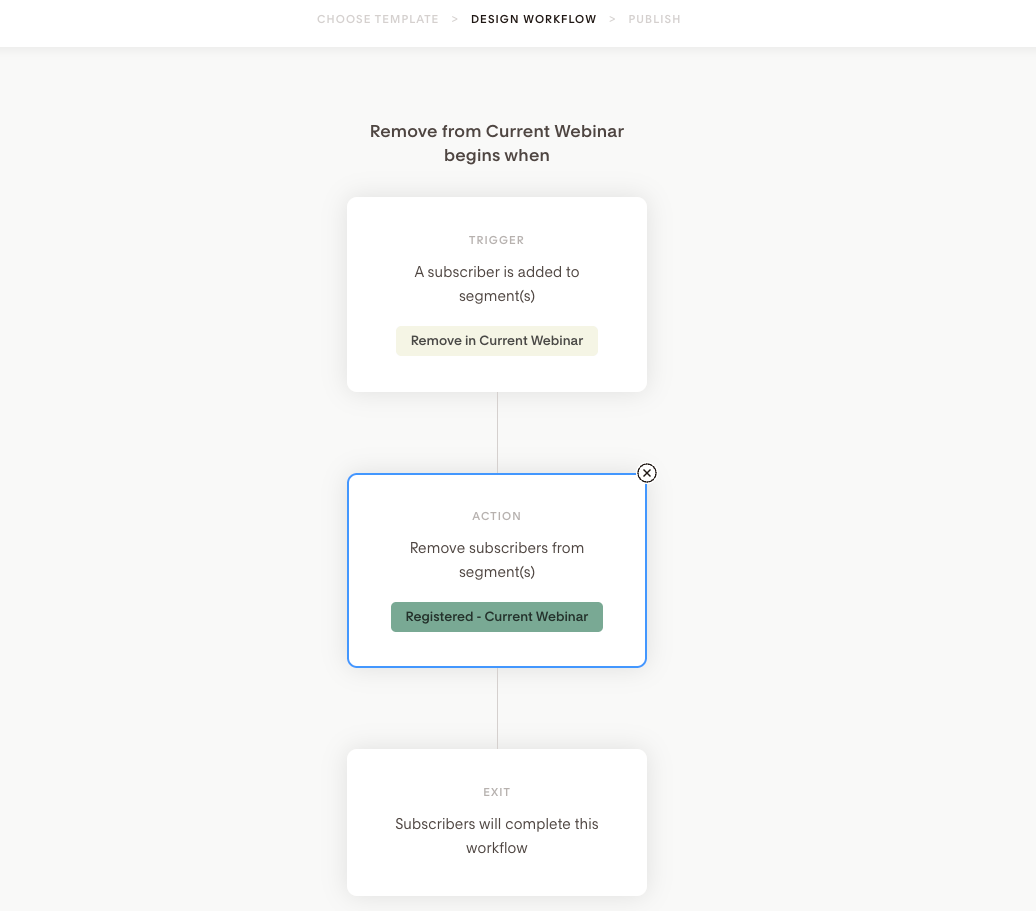
For example, when people sign up for my webinar, they’re added to a ‘registered – current webinar’ segment.
But after the webinar ends?
I can’t directly remove them from this segment.
Instead, I have to add them to a new segment called ‘Remove in Current Webinar’. This then triggers a workflow that finally removes them from the original segment.
🤔 But, Flodesk has plans to automatically add tags based on the user behavior on their platform. I guess they’ll be implementing some AI features that detect your subscribers’ behaviours.
On the other hand, ConvertKit’s approach to segmentation is all about tags. You end up with a big list of tags on the sidebar.
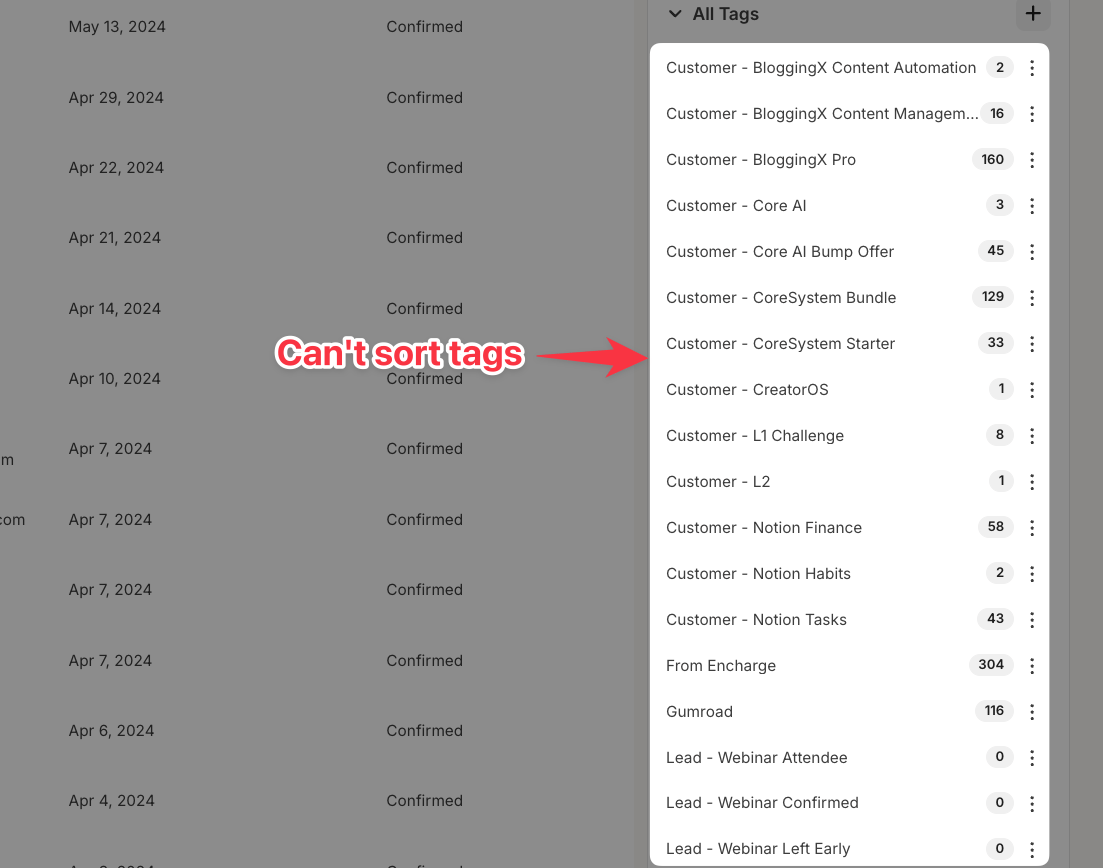
Now, I must mention, their tag management feature deserves a little love. There’s no way to sort the tags, and editing them is quite a task.
But, I have to say, ConvertKit’s subscriber segmentation features are powerful.
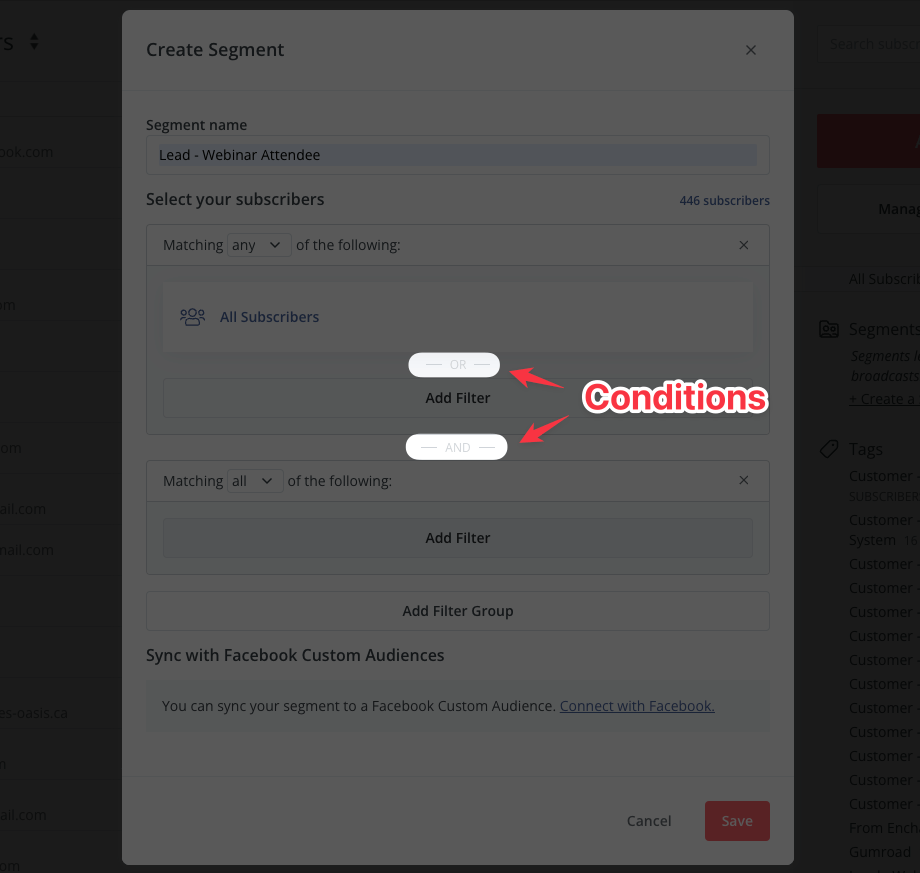
You can add complex ‘and’ with ‘or’ conditions to really narrow down your targeting.
As for Flodesk, your filtering options are currently pretty limited.
However, they’ve assured they’ll be actively working on it over the next year.
Automation – ConvertKit is more advanced
When it comes to automation features, ConvertKit is more advanced.
It comes with features like:
- A/B testing feature: With ConvertKit, you can perform A/B testing on subject lines to optimize your email campaigns.
- Email sequences creation: ConvertKit provides a feature that allows you to build a sequence of emails, which can then be used in the visual builder with just one block.
- Automation rules: ConvertKit allows you to create one-off automation rules, eliminating the need to use their visual automation builder for even small ‘if-then’ workflows.
- Advanced visual automation: Compared to Flodesk, ConvertKit’s Visual Automation offers a more extensive range of triggers, events, actions and advanced conditions.
These features are not present in Flodesk.
ConverKit has email sequences
One feature that I really wish Flodesk had is a separate feature called ’email sequences’.
Here’s why:
In ConvertKit, if you’re planning something like a email sequence for your product purchasers, you can build a separate sequence.
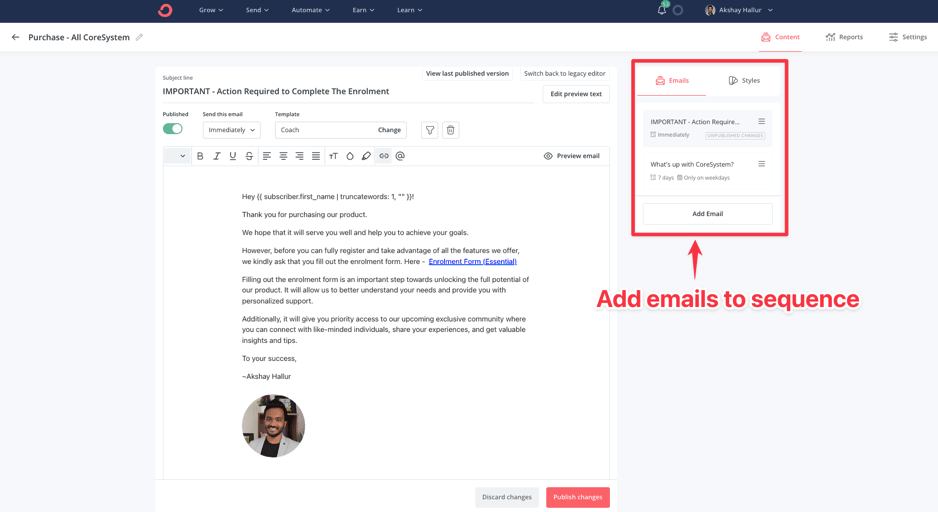
You put all the emails for this sequence into a neat, compact layout.
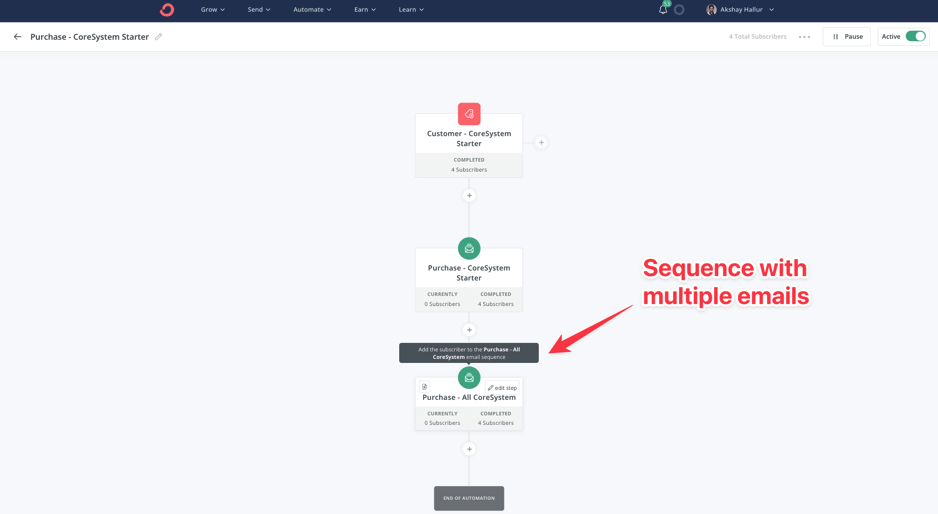
Then, you can use this sequence as one block in your automation builder, triggering the entire sequence in one step!
On the other hand, Flodesk doesn’t have this ’email sequence’ feature.
So, what ends up happening?
If you have a 30-day sequence, you have to put every single one of those emails right into their visual workflow builder. This results in cluttering the canvas and making the builder look busy and confusing.
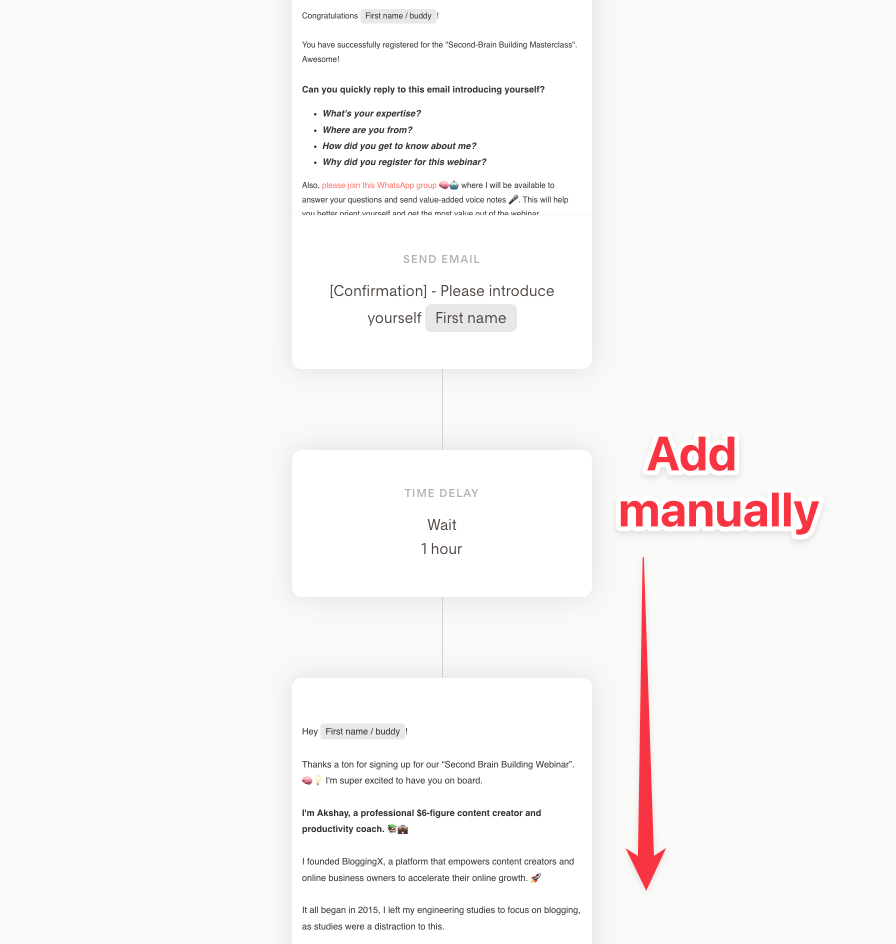
This is a big problem for me as I tend to split the path based on condition and send my subscribers different sequences tailored to their specific profiles.
👉 But fortunately, Flodesk provides a folder-based organization for automation workflows to tame the clutter!
Automation triggers and actions (ConvertKit wins)
And also automation features with the Flodesk is pretty basic.
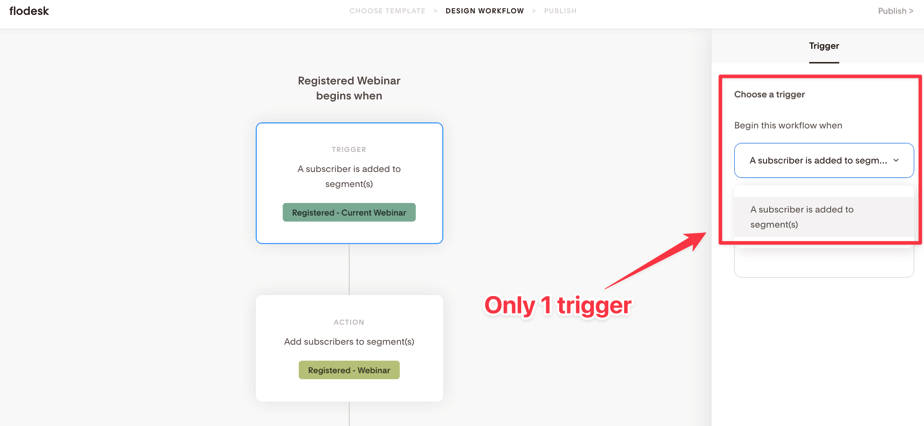
As you can see in the above screenshot, there is only one trigger: “A subscriber is added to segment.”
That’s it.
One area where ConvertKit really shines is its feature-rich automation builder.
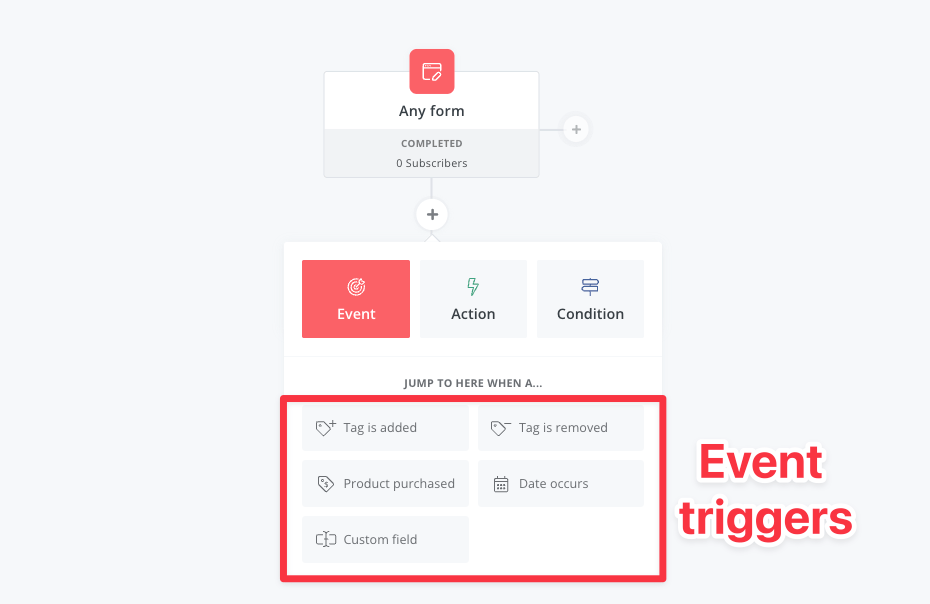
For instance, with triggers, Flodesk only comes with one: when a subscriber is added to a segment.
ConvertKit, however, offers various trigger events. You get options such as: tag is added, tag is removed, product purchase, and even a date trigger.
👍 The date trigger feature of ConvertKit is truly beneficial for me, especially when I run weekly webinars. Instead of manually scheduling reminders every week as required in Flodesk, I can simply adjust the date trigger in ConvertKit for automatic reminder emails.
And about Actions:
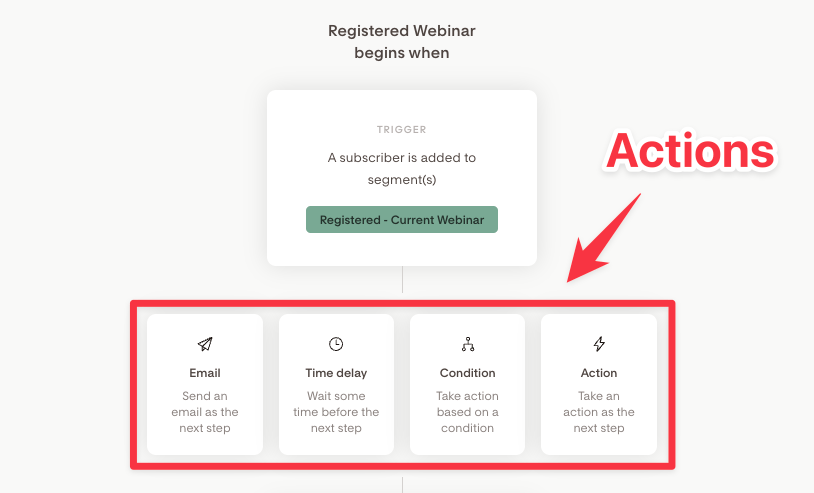
Flodesk provides a range of actions including:
- Sending an email
- Implementing a time delay
- Applying conditions
Additionally, you can perform actions such as adding someone to a segment or removing them.
And here’s with ConvertKit:
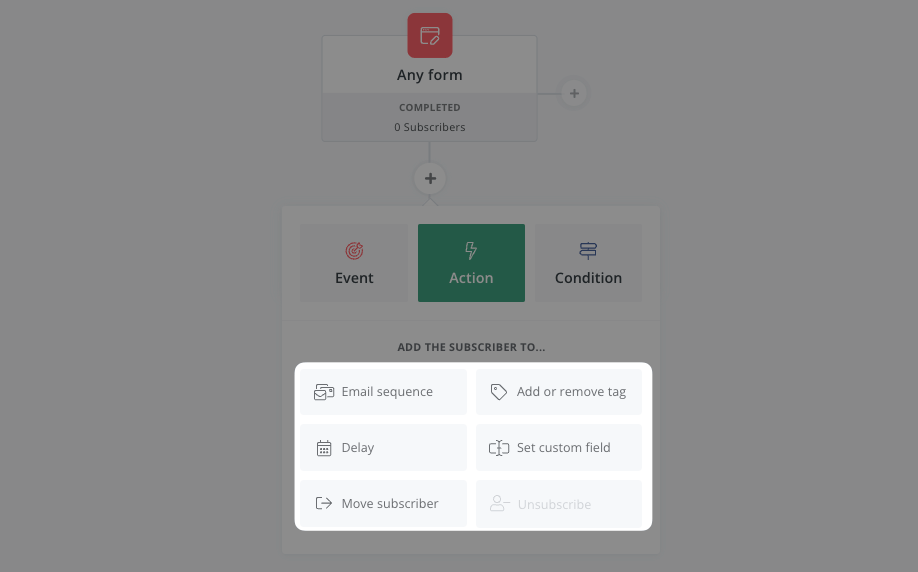
When it comes to actions, both platforms are almost identical.
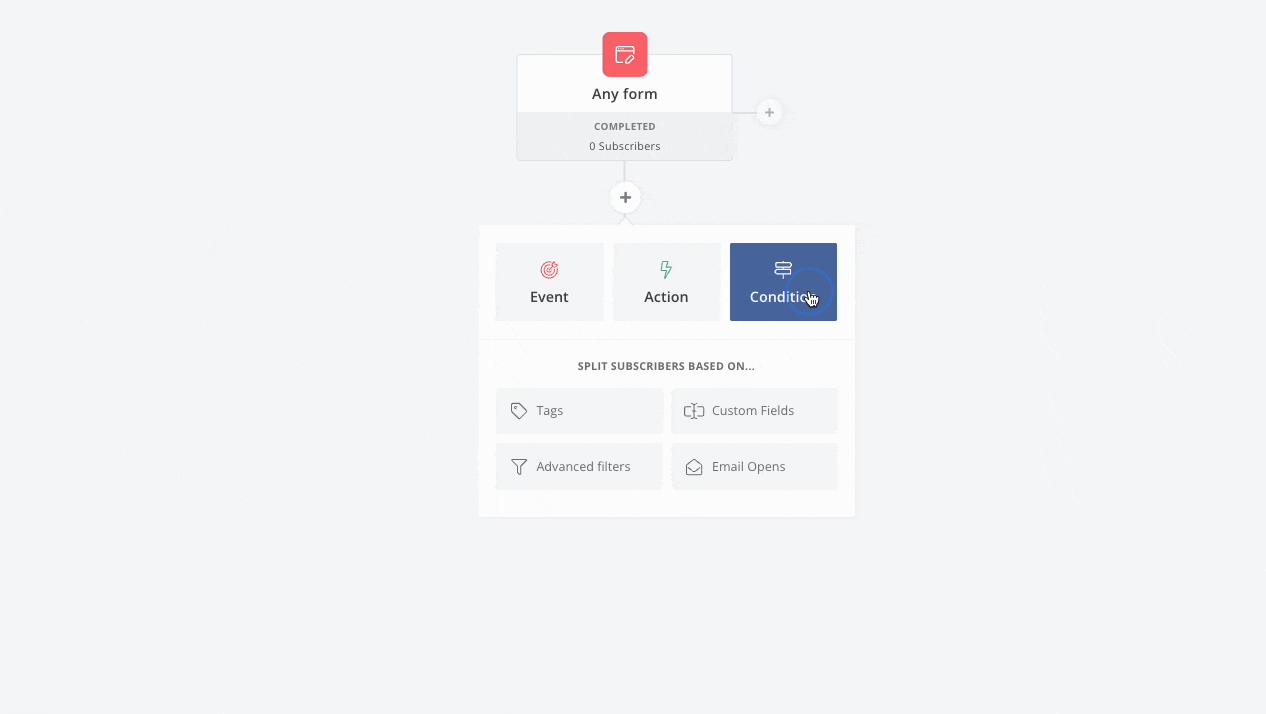
In ConvertKit, in “Conditions” you can segment subscribers based on different tags and also you can even add complex ‘and’/’or’ conditions through advanced filters.
This feature lets me target my webinar participants with highly tailored sequences.
Deliverability (My views)
ConvertKit excels in email deliverability, due to their significant investment in quality IP addresses and server optimization. Consequently, deliverability issues with ConvertKit are rare, unless promotional practices are not followed, or SPF and DKIM records are not added.
On the other hand, Flodesk also demonstrates strong deliverability.
Their strict rules around marketing emails and investment in servers and IP addresses ensure this.
In my experience, both platforms perform well in terms of deliverability, but it ultimately depends on effective list management and sending engaging emails to your subscribers.
Integrations – ConvertKit wins
Speaking of integrations, Flodesk is a bit of a letdown.
Flodesk doesn’t offer any native integrations. The only integration with Flodesk has is with Zapier.
I’m really hoping they’ll introduce webhook functionality soon.
On the flip side, ConvertKit is a “seasoned” player.
It’s well-established and integrates seamlessly with an array of other platforms.
We’re talking various CRMs, webinar platforms and a dozens of other marketing apps. It’s quite a challenge to find a Mar-Tech app that doesn’t play nice with ConvertKit.
Pricing – Flodesk is cheaper
Let’s talk about pricing.
ConvertKit offers two main plans: Creator and Creator Pro.
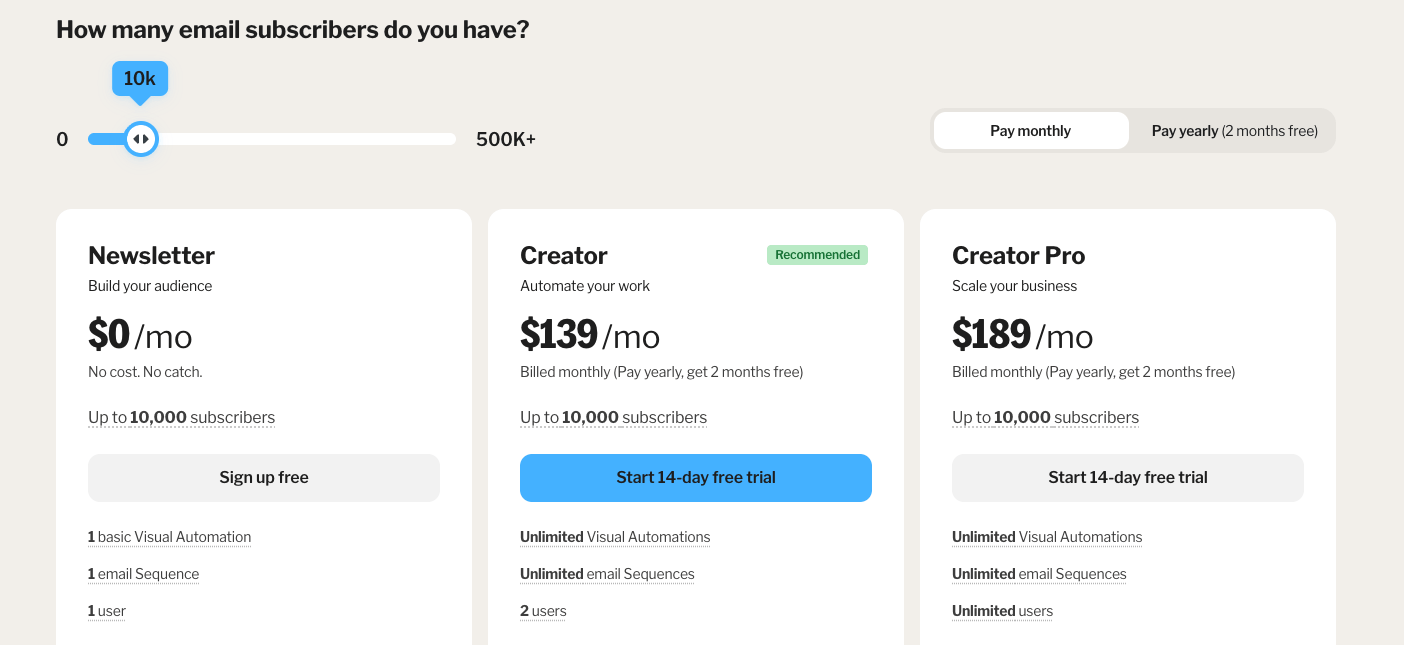
Now, if you want bells and whistles like deliverability reporting, subscriber scoring, and an insights dashboard, you’ll need to opt for the Creator Pro plan.
Your cost? Well, that depends on the size of your email list.
Let’s say you have up to 10,000 subscribers. In that case, the Creator plan will set you back $119 per month. If your subscriber count hits 55,000, you’re looking at around $379 per month.
You get the picture – as your subscriber count grows, so does your monthly fee.
Flodesk operates a bit differently.
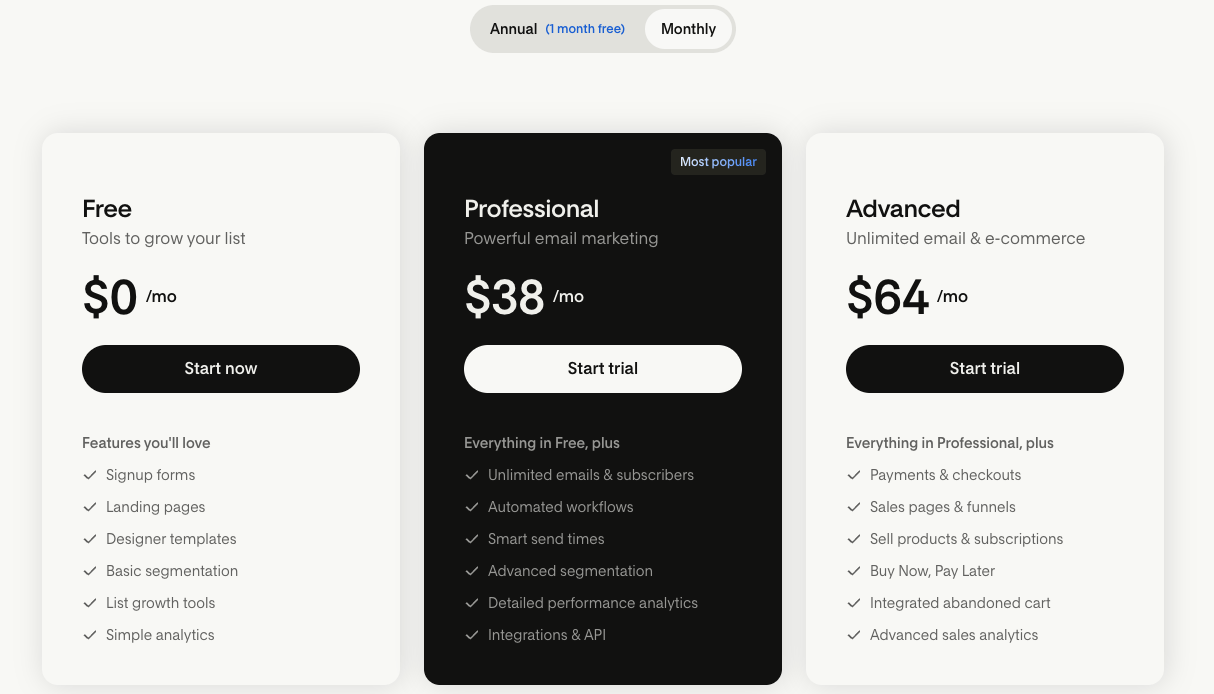
They charge a flat rate of $38 per month, regardless of the number of subscribers or emails you’re sending.
You might be wondering, “How can they afford to do that?“
Well, Flodesk is playing a game of economies of scale. Their philosophy is that every business owner should be able to build and scale their email list at an affordable price.
👉 However their stance has changed recently. In late 2025 they announced that they will be removing the unlimited subscribers pricing model but the existing subscribers will be locked in.
Verdict
When you stack up these two platforms side-by-side, ConvertKit takes the cake for advanced segmentation and automation capabilities. It’s been in the game for quite a while, and it’s earned its reputation for reliability.
ConvertKit offers more versatility with advanced automation features.
It includes A/B split testing, a unique sequence feature, and an advanced visual automation builder. Not to mention, it allows hyper-segmented audience targeting within the automation builder via advanced conditions.
Now, let’s look at Flodesk.
Flodesk also boasts solid automation abilities. However, it falls behind when it comes to segmentation and certain extra added features.
But here’s where Flodesk shines – it offers a flat rate of $38 per month, no matter how many subscribers you have (which is changing).
That’s a game-changer.
But, a word of caution.
If you’re thinking of exporting an extensive list – say 100k subscribers – to Flodesk, you’ve got to tread carefully. Flodesk has been known to ban accounts without any clear reason, and they don’t provide access to your data. So, if you’re starting from scratch building your email list, you and Flodesk might just make a great team. As long as you play by Flodesk’s rules, you should be good to go.






